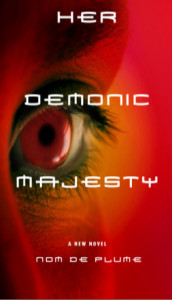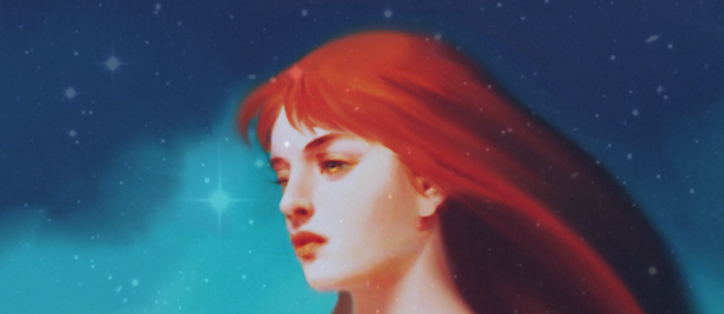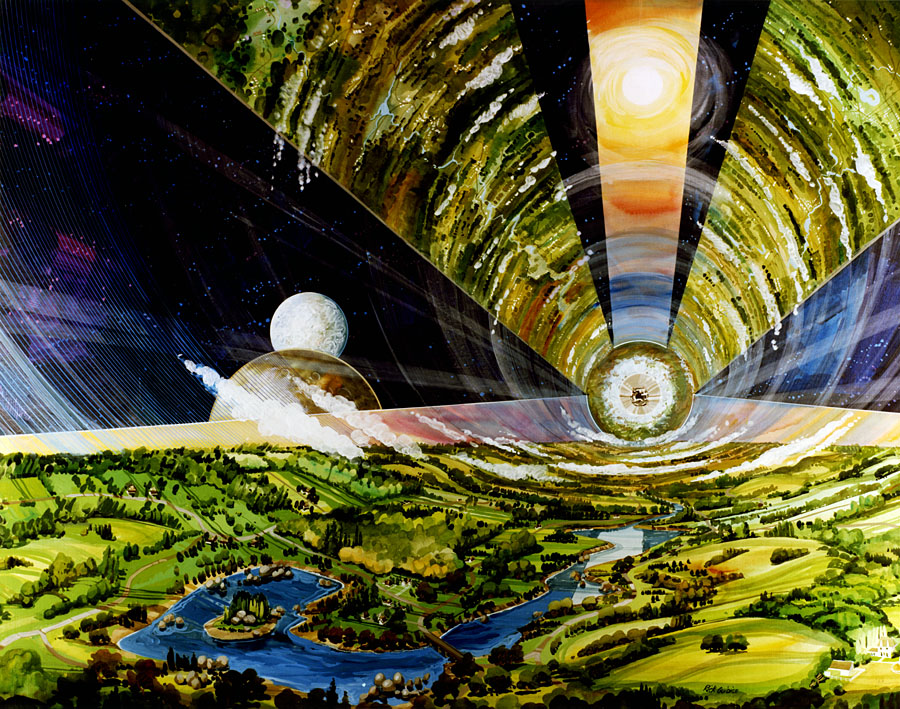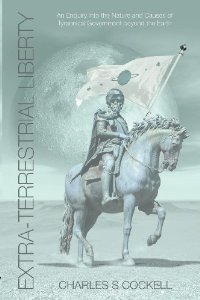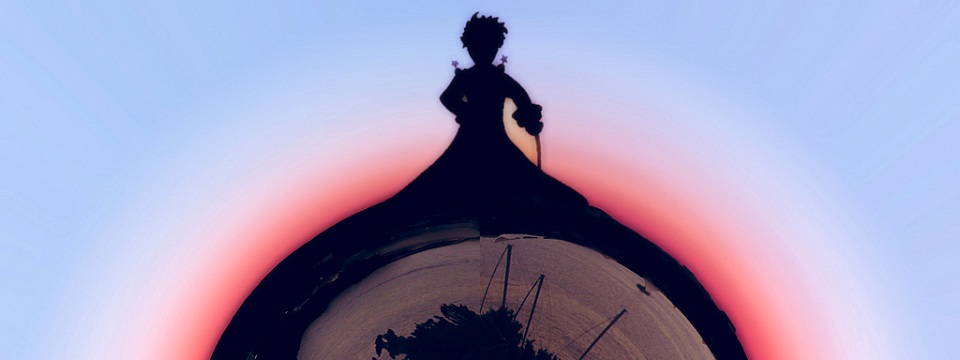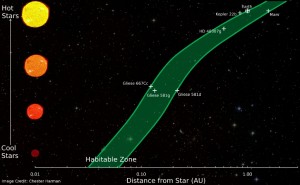This post was first published as How to Build a Storyworld Based on Character.
Before I start speaking of world building, there are a couple things I need to talk about. Whatever I say here is my personal opinion, not some universal truth. I’m having fun, so I kindly advise you to do the same. World building and writing is fun.
I write in the science fiction genre, but I do not bother with Character/Plot duality. Maybe you have been asking that same question many people ask—is the best fiction plot- or character-driven? To me, plot and character are almost one and the same entity. Without character there is no plot — there is only a random number of facts and events with no intelligent observers and participants to tell us about the first-hand experience of those. That’s what you call not very engaging (notice I didn’t say boring), unless you write chronicles. That’s different meat.
What I do keep in mind, though, is the distinction between the storyteller and philosophical foci. These two are the subgenres in the genre. Hard science, dystopia, aliens, time travel, etc. are themes.
Some even argue that ‘character-driven’ science fiction is not and cannot be hard science fiction, with science/technology reduced to a level of plot device. That’s not true. It is said there are several types of conflict: man vs. man, man vs. nature, man vs. self… Man vs. Science (technology included) anyone? Science is awesome. You can have both as main characters in your fiction – as allies or enemies. (Please note that I make distinction between main character and protagonist. They might be one and the same, or not.)
Anyway, regardless of the genre you are working in, world building is an essential part of your work.
As a science fiction writer, I will be speaking of my experience and methods.
ON CHARACTER
I start with a character. With a voice, to be exactly–someone says something awesome inside my head. I’m just one of those authors who hear characters speak and write these things down.
The important thing here is what the character says and how she says it. These are the key aspects of any story. ‘What’ gives you a clue about goals, motivations, and conflict, both inner and external. ‘How’ hints on the character’s background – culture and anything that goes with it. Just shut up and listen. This is how a story is born and you start exploring what and who else is present (it can get chatty in there), why and where all of it is going, and who’s driving.
This is where I usually decide on voice and POV. For me, this decision is final.
Then, maybe, you think how a character looks like.
If you do start with the looks, here comes another tricky part – how your character species evolved to look like this and why. You don’t skip this part even if you write about humans. We have ancestry; we have many things inside us that determine how we look like.
Digging into all this will not limit your creativity; it will feed it like crazy. Expect Cambrian Explosion in your head. You don’t have to include every detail on your culture, technology, etc. you have accumulated for your story. Pick the most unique details. Start with those, weave them gracefully into your story. Add more elaborate parts later on. This is valid for both character development and avoiding immediate and complete infodump.
The truth is, infodumps are unavoidable.
ON INFODUMPS
Currently I write novellas. Space matters. So another thing you want to consider is how much space you have. The most wonderful thing you might discover on your writer’s journey is that word count does not limit the story’s dimensions. Think of a story as of a DNA molecule: it’s tiny, but oh, how tightly packed it is, having all the instructions to create the whole living being. These ‘instructions’ are the essence of your story, which allows readers to reconstruct the world you’ve built in their imaginations. This experience will be unique for every reader, but it will be a rewarding experience. Do not deprive them of it.
Infodumps are not necessarily a bad thing. In many genres they are inevitable, if you want to produce a compelling, complex, deep, and rich story. All great stories are good examples of infodumps anyway – they are so intertwined with the narrative, you might not notice them unless someone points them out. So instead of calling them infodumps, let’s use a better word for those things – storytelling.
Don’t be afraid of writing those dreaded large chunks of explanation – you will trim those later in revisions; all you have to worry about first and foremost, is to keep the character’s perspective on everything. Don’t think about the amount, think about the content. If any of it belongs in the story, it will fall into right place later. Don’t worry about how much narrative, dialogue, description, and whatever you’ll need. Each story is unique, and each story requires its own balance. Always remember – this is your story – readers have their own preferences anyway, so stick to how you would tell it and trust it. Love it. And you will find readers who do, too.
ON WORLBUILDING
So there you have it, a character, and you are thinking how much world building you need to do before you can start writing. The hint is, if you have a character and nothing to say – nothing happens, there’s not enough world building. Conflicts, events, facts are all essential parts of the world. No conflict = no story. No details = no depth. So start with that — who wants what, where to get it, and who has opposing goals, or simply is in the wrong place in the wrong time, and where that place is. Or whatever you can think of happening there. Keep notes. Then elaborate on the setting; the details, the spice of your creation. Go as deeply into it as you feel is right.
How much is too much? There is no such thing as too much. There is only as much as your story needs, and as much as YOU need to fuel your creativity. Not everything that helps the latter will get into the story eventually.
Also, don’t wreck your brain reinventing the bicycle.
As Jim Jarmusch said, “Nothing is original. Steal from anywhere that resonates with inspiration or fuels your imagination. Devour old films, new films, music, books, paintings, photographs, poems, dreams, random conversations, architecture, bridges, street signs, trees, clouds, bodies of water, light and shadows. Select only things to steal from that speak directly to your soul. If you do this, your work (and theft) will be authentic. Authenticity is invaluable; originality is non-existent. And don’t bother concealing your thievery — celebrate it if you feel like it. In any case, always remember what Jean-Luc Godard said: ‘It’s not where you take things from — it’s where you take them to.’”
ON RESEARCH
Before any possible complaints I’ll say this: everyone has a busy life and deadlines and shit. If you call yourself a writer none of those excuse you from doing research.
As a writer you set the rules, you draw the base plan to start the construction of the story. It’s good to have some understanding of how things work in real life, it’s important to learn. If you are a writer, saying ‘I don’t need to know this’, ‘or I’m too stupid to understand that’ is wrong. You are limiting your creativity and your stories will suffer in the end. You don’t need to major in numerous fields of science or anything; all you need is the desire to learn new things, to explore the world, and to broaden your horizons.
Speaking of the base plan, every element in it needs to be properly researched.
What is proper research?
Collect what is relevant to your story, but keep track of things that interest you, even if they are not needed now. Some of those intriguing bits might unexpectedly find the way into your story later.
If you write in specific genre — sci-fi, historical, fantasy, even modern romance set in specific place, anything — always check your facts. Don’t be lazy; always check your facts before building on them. Even if you assume you know and understand something – double and triple check. Now you might think this is unnecessary precaution. No, it’s not. It’s your job as a writer.
Speaking of places to gather knowledge from, besides reading books and searching for information on the internet for a particular project, I suggest enrolling into a free online course in the subject of interest, or talk to someone who works in that field (don’t be afraid/embarrassed to ask for help), if it is not your background. Not only would you find some amazing info, you will also learn where and what to look for in your research – that will save your time in the future. (Ok, that’s the main reason. :D)
One more thing that needs to be said here–no one is perfect and everyone makes mistakes. As a fiction writer you should aim for story integrity, not for writing an encyclopedia. So don’t be afraid to get something wrong. It happens to all of us – we can’t be experts in all fields. But try not to make it a habit.
CHECKLIST: WORLDBUILDING THROUGH CHARACTER
Here’s my set of questions you can answer to find out if you’ve covered the basics about characters and their world.
If you are interested in designing a planet/planetary system, you can check out all of my world-building articles.
